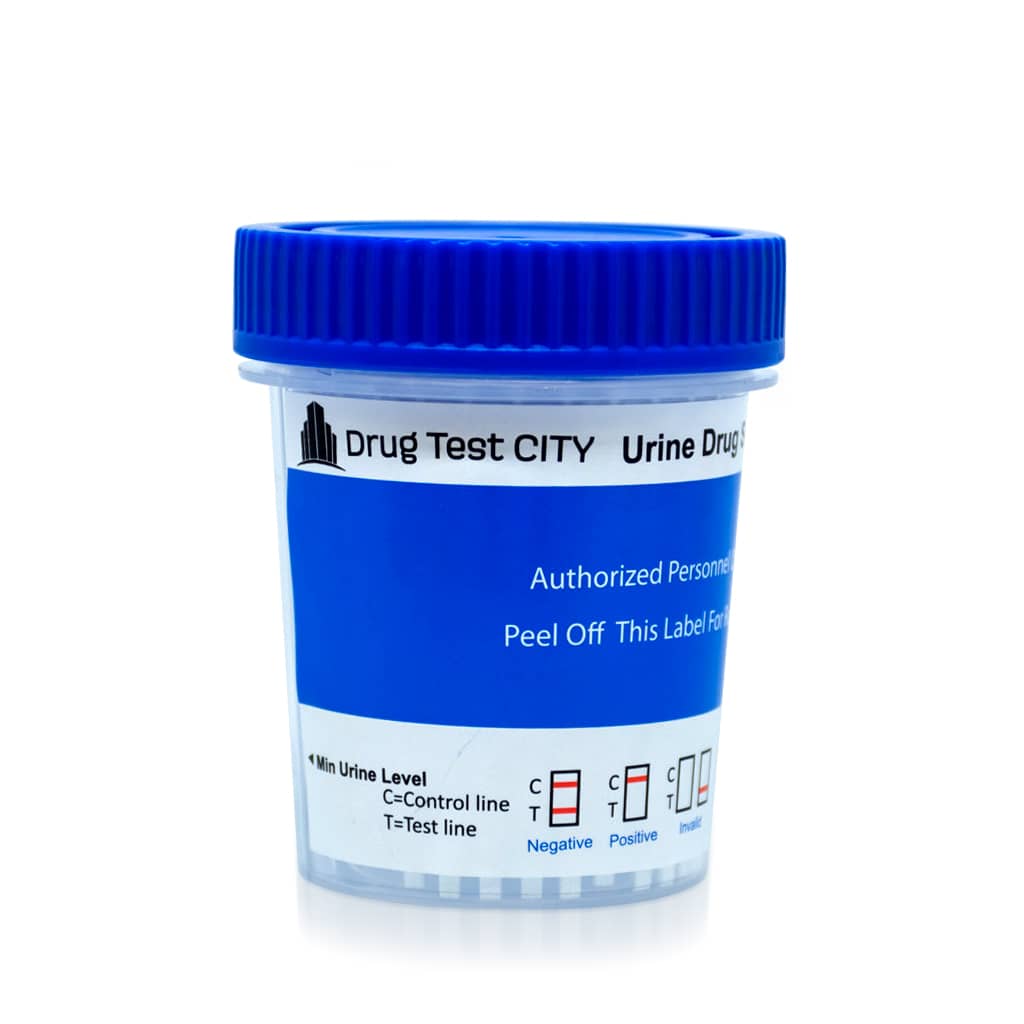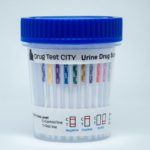
BUP on a drug test stands for Buprenorphine.
When customers purchase a 12 panel drug test they usually recognize most of the abbreviations, but may be confused by the pharmaceuticals. Buprenorphine is a medication used in addiction medicine to treat opioid dependence.
What is BUP on a Drug Test?
BUP stands for Buprenorphine. Buprenorphine (BUP) is an opioid that is most commonly used to treat chronic opioid addiction. It’s often prescribed as Suboxone, which contains naloxone to discourage misuse. Suboxone is prescribed in a tablet or strip that is meant to be taken sublingually (under the tongue).
Buprenorphine (BUP) is long acting and has a low ceiling compared to its toxic level. This means that at a certain dose taking more won’t make you higher, it just wastes more of your medication. The ceiling is far below the level where the drug becomes lethal due to respiratory depression. On the contrary, Heroin has a high ceiling (the more you take the higher you get) and the level where someone is very high is close to the level where it is lethal.

Since the danger is lower and the effects last so long the government has allowed Suboxone clinics to have more relaxed guidelines than Methadone clinics. It’s also subsidized by healthcare. All of these factors has lead to buprenorphine (BUP) becoming the opioid of choice for drug users that are addicted to opiates and don’t have much money to keep up a heroin addiction. Users can get their own prescription for Suboxone or trade for it cheaply on the streets.
In many areas hardest hit by the opioid epidemic users have moved to using cheaper methamphetamine to get high and buprenorphine to fight withdrawals from the oxycodone and heroin they were previously addicted to.
Pregnant mothers are given Subutex, Buprenorphine without naloxone, because it is thought to be less harmful to unborn babies.
Buprenorphine (BUP) was patented in 1965 but wasn’t approved for medical use until the early 1980s.
Buprenorphine (BUP) is a schedule III drug in the United States.
Side Effects of Buprenorphine
- Respiratory Depression
- back pain
- Bladder pain
- bloating of extremities
- bloody or cloudy urine
- blurred vision
- cough
- diarrhea
- painful urination
- difficulty breathing
- dizziness
- fever
- headache
- lethargy
- loss of appetite
- nausea
- nervousness
- pale skin
- pounding in the ears
- slow or fast heartbeat
- stomach pain
- tightness in the chest
- tingling of the hands or feet
- troubled breathing with exertion
- tunnel vision
- weight gain
- weight loss
Additional Precautions
Suboxone is often prescribed in the form of a strip that could be mistaken for something else. As a sublingual medication it can be absorbed easily through the mucous membranes.
The naloxone and Buprenorphine can be very dangerous to someone that hasn’t taken Buprenorphine recently but has taken other opioids. Buprenorphine has a much higher affinity for opioid receptors and can cause immediate withdrawal like effects to the user.


